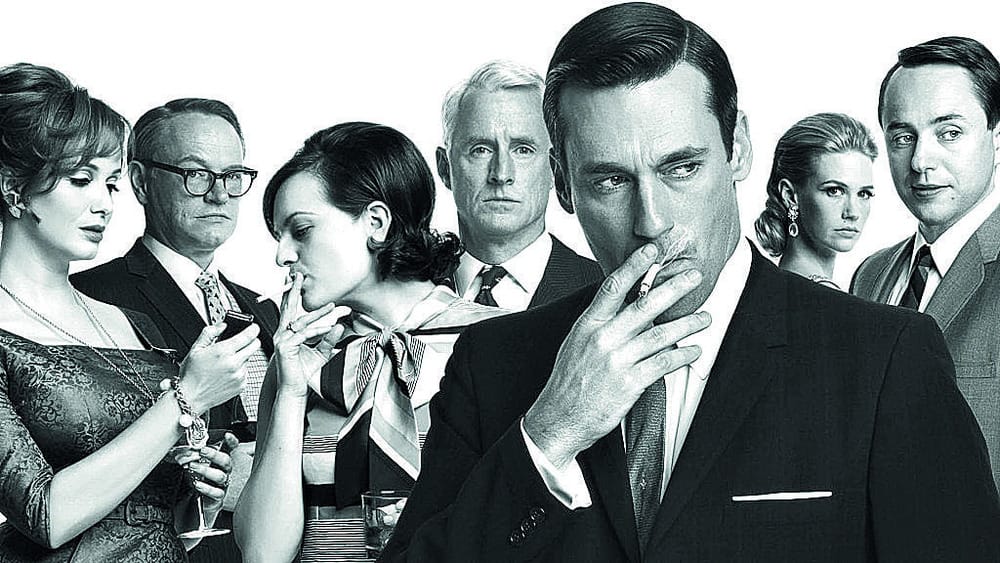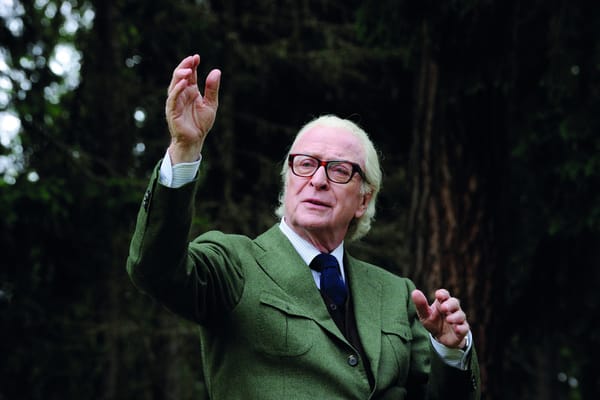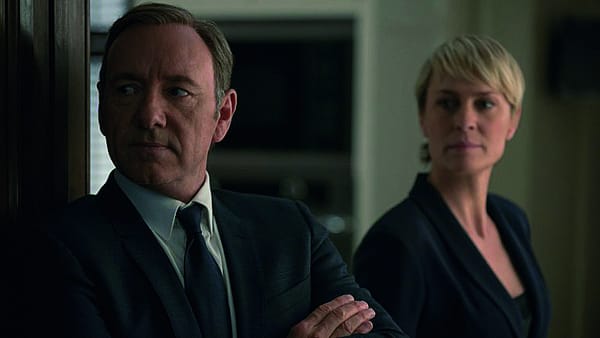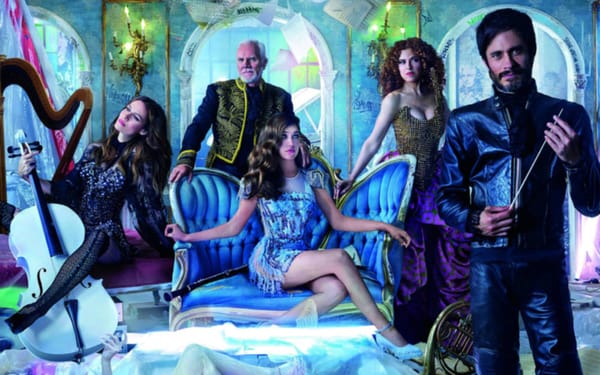Retro Retrospective: Mad Men
Looking back at one of the finest shows set in the 1960's

Last year marked the end of lots of things; Jon Stewart’s run on the Daily Show, Bill Cosby’s career, Meek Mill’s career, 2014, and many beloved TV shows. Of these, one was Mad Men, a series I discovered, binge watched, and fell in love with, all in the space of about two weeks. Centring on the enigmatic and dapper Don Draper, played by a perfectly cast Jon Hamm, the show follows the exploits of the men and women of the Sterling-Cooper advertising agency; as they attempt to navigate through the rapidly changing world of 1960s New York.
The driving force of the series is the strength of its characters. There are no one-dimensional characters, no real ‘villains’, and everyone gets moment to shine. At first Draper seems to the platonic ideal of the 60s Ad-man; suave, charming, clever, a veritable James Bond-type. However, the first episode expertly and efficiently deconstructs this, revealing all his flaws and failings. No, Don Draper is not necessarily a good man. However, he is trying his damndest; which is what makes him such a compelling lead. We root for him to succeed and overcome, even as we see him fall, right on the verge, because of his own shortcomings.
This is, of course, not all the piece is. In its scale, it very much feels like a ‘Great American novel’; a modern day ‘Great Gatsby’, warning us of the pitfalls of avarice and overindulgence. It destroys that old adage ‘things were better in my day’ (in this case the 60s), showing us the past in all its grimy glory. Such things are always deftly and respectfully handled.
One of the central narratives follows Peggy Olsen (Elisabeth Moss), as she attempts to make it through the male dominated and misogynistic advertising world. There are also the subtle touches, such as the rampant alcoholism (though admittedly I’d love to have that kind of bar in my office one day) or firm partner Roger Sterling’s (John Slattery) hatred of the Japanese, due to his part in the Second World War. These, while barely commented on by characters in the era, are blatantly obvious to us in the 21st century.
Don’t get the impression that the show is all serious, however. There are plenty of funny moments spread throughout, and showrunner Matthew Weiner goes to great lengths to ensure viewers are never bored or overwhelmed by drama. There is an understanding that, as in real life, both are required to keep things believable. In fact, one of the shows greatest comedic triumphs comes with the episode ‘Guy walks into an advertising agency’ (S3E6), which in my book is perhaps one of the greatest and meta titles an episode of anything has ever had. Without spoiling anything, I’ll say that realising its significance will make you smirk. The title coupled with events towards the end serve to turn the whole episode into one long hilarious, if cruel joke. Then, of course, there’s that wonderfully surreal dance number in ‘Waterloo’ (S7E7).
The writing has a beautiful way of endearing to you those who only a second ago you hated. The dialogue again is a testament to the skill of the writers. It ranges from charming, to witty, to pithy, often all at once. Consistently believable, what it never manages to be is dull or stilted. This is all to say nothing of the calibre of the cast. It’s obvious everyone is acting their heart out, and this really helps cement these characters and make the viewers thoroughly invested in them. Even the child actors, particularly Kiernan Shipka (playing Draper’s young daughter), are some of the best I’ve seen. I’d be remiss in forgetting to highlight the downright poetic synergy of direction/cinematography and writing. Whether it’s the powerfully metaphorical sequence at the end of ‘Shoot’ (S1E9), or the incredible continuous shot of Don Draper walking set to ‘You only live twice’ (ironically signifying his fall back into his old habits) in ‘The Phantom’ (S5E13), every so often the show throws these moments at you that just scream ‘iconic’. The settings used are often just as important as the acting, with them reflecting the characters or being symbolic of this. An example of this is the use of bright and over saturated colours for California, in contrast with the relatively industrial and faded colours of New York; used in order to signify the happiness and peace Draper feels in the West rather than at home. Interestingly, the colours and materials also have a distinctly flimsy and artificial feel to them, reflecting the constructed and easily breakable nature of this illusion.
Frankly, I can keep gushing about it, but the exquisite quality of Mad Men is something that simply must be experienced. It succeeds because all of its elements come together wonderfully. If I can’t convince you, perhaps the show’s 16 Emmys and five Golden Globes will. Mad Men is available on Netflix and Sky







